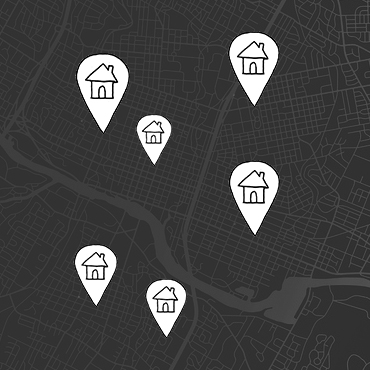With the heat index well over 100, I arrived to the bus stop outside the Harry Ransom Center only to find the stop moved three-quarters of a mile south to Lavaca Street. Weighed down with freshman orientation display materials, I gulped down the remainder of my water and made the hike.
Capital Metro’s “Cap ReMap” tells riders to “get ready for greatly increased transit options.” However, accessing the new options is difficult for some of CapMetro’s most senior and vulnerable riders, who are faced with learning new routes and managing multiple connections.
The new service is more efficient for me only because I use a bicycle when commuting, but for people with disabilities or who speak limited English, CapMetro should do a better job of outreach and informing the community.
For people like Paula, my nextdoor neighbor, the changes have created confusion and hardship.
Paula and her granddaughter, Bella, only speak Spanish and use the bus to access community services currently located on 2nd Street. I did my best to explain the bus stop she should use to catch the newly created Route 322 on Chicon. By consolidating underutilized routes, Cap ReMap allows for more frequent service on buses that run east to west, connecting with the already more frequent north-to-south routes.
Historically, bus routes in East Austin allowed for human services, such as Integral Care, to be directly connected to the neighborhoods with the greatest need. Gentrification brings new residents with multiple transportation options and less reliance on community services, leading to a drop in ridership for the affected buses, but these routes remain a crucial resource for the lifelong residents who remain. Paula and Bella are but one example of riders without the resources to navigate the new changes.
Residents of Rogge Lane, where many students can still afford to live, now have to walk sometimes more than half a mile to get to their first leg. Getting to and from the stops means navigating incomplete sidewalks and busy intersections, in spite of recent improvement projects.
Native Austinite Andrew White says, “(Cap ReMap) made it harder for people to get around and confused everybody. Now you have to catch two, three or four buses. Some people can’t get around due to their age. I have cancer, a collapsed lung and now a bad heart, and need to figure out how to get from home to the doctor, and the only phone I have is the house phone.”
Both the bus driver and I explained the connection he needed to take, but ultimately, Andrew opted to walk over a mile from the David Chapel bus stop to his home on Rosewood. The high that day in Austin was 99 degrees with a heat index of well over 100.
As these two examples demonstrate, Cap ReMap may improve efficiency and redundancies attracting new ridership, but longtime riders are left wondering what happened. Capital Metro should do more to provide information through Spanish radio and television stations, find multiple avenues for community engagement and improve advocacy for the most vulnerable and dependent riders.
When evaluating programs, such as Ride Austin’s first-and-last-mile free pilot, they should take into account that private vehicles cannot accommodate wheelchairs and that some customers do not have access to mobile apps. Rather than mirroring the citywide trend to capitalize on growth at the expense of community, Capital Metro should continue to cater to riders who depend on public transportation the most.
Haynes is an education policy and planning graduate student from New Braunfels.





















